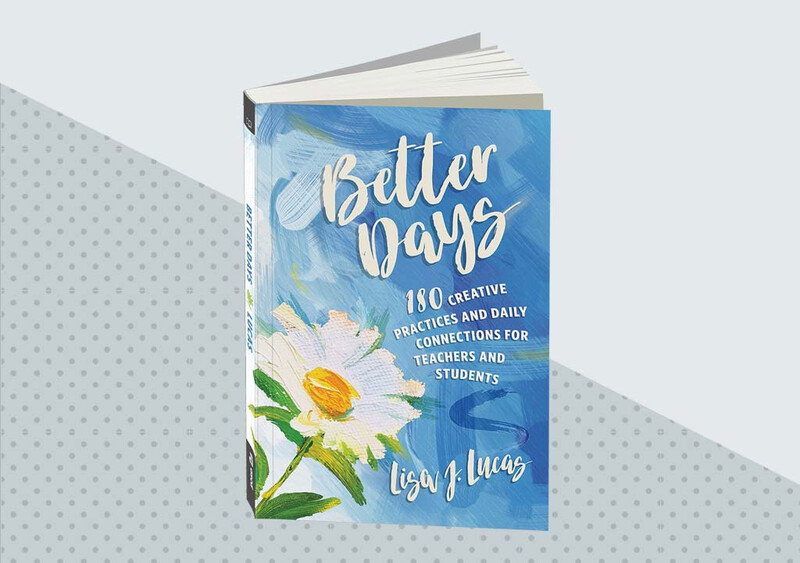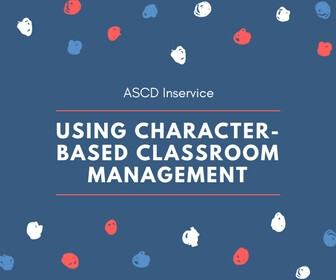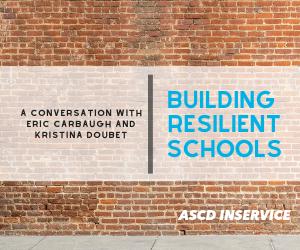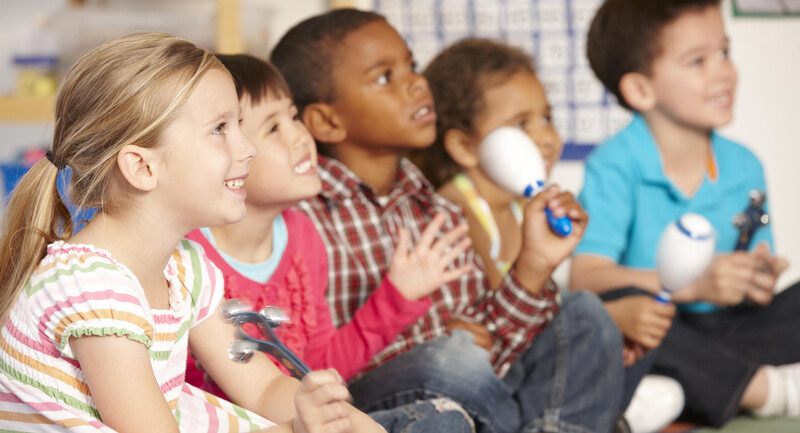Drawing from over 35 years in education, Lisa J. Lucas knows that while teaching comes with many challenges, each day also offers opportunities to reset and inspire. In her new book, Better Days: 180 Creative Practices and Daily Connections for Teachers and Students (ASCD, 2025), Lucas shares practical strategies to help educators and students foster well-being in the classroom. Through ten thematic chapters focusing on areas like mindfulness, authenticity, and emotional awareness, she offers simple yet powerful practices that can transform everyday moments into opportunities for growth and connection.
Among these strategies, Lucas's insights on cultivating presence are especially valuable for educators navigating today's fast-paced school environment. While research shows the benefits of mindfulness for both teachers and students, finding ways to incorporate these practices can feel overwhelming. The following excerpts share three accessible techniques from Better Days that can help create more mindful moments throughout the school day.
Just Breathe
Learn how to exhale, the inhale will take care of itself.—Carla Melucci Ardito
Anxiety and deep breathing cannot coexist. During moments of increased stress, we tend to take very shallow breaths. Deep breathing quickly calms the body and mind.
Practice
If you find yourself worrying, try diaphragmatic breathing. Basically, this means breathing from your belly rather than your chest:
- Put one hand on your chest and the other on your stomach.
- Breathe in slowly through your nose, focusing on filling up your belly with air.
- Notice the hand on your chest stays still while the one on your stomach rises.
- Exhale through your mouth, feeling the hand on your stomach return to its original position.
- Repeat for several minutes until you notice the calming effect.
Student Connection
Guide your students in 7-11 breathing: inhaling to the count of 7 and exhaling to the count of 11, then repeating three times. You can provide a visual, such as a Hoberman sphere that expands when they breathe out and contracts when they breathe in. Or have them use their hands, with their fingers touching to open and close.
Eight Minutes of Clearing
Create the space and a bigger life happens.—Alysia Reiner
Often the space you clear is more valuable than what is in it. Clutter is distracting and draining. It can be physical or mental: Too much stuff is physical clutter; rampant thoughts, unconscious beliefs, and unhealthy habits are mental clutter. The latter leaves little space in our minds for envisioning, dreaming, and creating.
Practice
Every day, set a timer for four minutes to clean up some of the physical clutter in your home. Just as important, be sure to also give yourself a minimum of four minutes a day to simply breathe and clear the clutter from your mind. In just eight minutes, you will very quickly find yourself reaping the rewards of a less cluttered household and a less cluttered mind.
Student Connection
Make it a habit for your students to spend four minutes a day organizing and cleaning their desks. Micro-habits like this can help students stay ahead of their clutter before it becomes overwhelming—and it’s a life skill that will serve them well for years to come.
A great visual to help students better understand how their minds can become cluttered is a glitter jar. You can also use a glitter jar to explain how the brain works: When emotions are rising, your brain (the jar) floods with cortisol (the glitter), reducing its flexibility and reasoning capabilities. As you breathe, the cortisol dissipates (the glitter settles at the bottom of the jar), your brain clears, and you feel calmer, allowing you to make better decisions. Just the act of shaking a glitter jar and watching its contents settle is calming, so carve out a few minutes for this activity. You can find a recipe for making glitter jars here.
Open Up to Hope
A rainbow is a prism that sends shards of multicolored light in various directions. It lifts our spirits and makes us think of what is possible. Hope is the same—a personal rainbow of the mind.—Charles Snyder
Happy people are hopeful. When you keep your sense of hope, you are open to possibilities. The more you nurture hope, the more optimistic you feel, which allows you to see things you may have overlooked. Hope is like following the breadcrumbs out of the dark woods, eyes on a bright light ahead. You aren’t yet feeling the warmth of the light, but you have trust that you’re on the right path.
Practice
Hope is always there; you simply have to be open to the possibility. What can you adopt a more hopeful stance about? Are there words or gestures of hope you can offer to someone having a difficult time? How can you inspire hope in someone else?
Student Connection
Model your optimistic thought processes out loud so students can see how you go from doom-and-gloom thinking to hopeful thinking. Demonstrate how to catch and shift negative thought patterns by changing your perceptions or your beliefs to help “unstick” yourself in an unhelpful, pessimistic place.
At a few points throughout the year, have students write “I hope” statements. At the beginning of the year, you can ask them to write their hopes and dreams for the new school year. Discuss how putting these hopes on paper can help you to manifest them. Collect the written statements for students to reflect on later in the year. Then, a few months into the school year, have students write new “I hope” statements and compare them with their original statements. Did any of their hopes come true? Have their hopes changed since a few months ago?
Better Days
Better Days presents 180 inspirational readings and creative activities to help teachers and students stay present and optimistic while integrating healthy habits into their lives.









